AT 42-05 | 17 November 2018
Exploring the Guaymas Basin, Gulf of California
The Gulf of California is an active young ocean undergoing early phases of rifting, seafloor spreading, and hydrothermal imprinting. The hot, thick organic rich sediments, hydrothermal spires, and other geological oddities found at the seabed in the Gulf of California offer ideal locales to study extremophiles and search for novel microorganisms and metabolisms. On this expedition, our work will focus on the Guaymas Basin, located in the central area of the Gulf of California. The next two weeks are sure to be filled with beautiful, mesmerizing, and stunning seafloor scenes.
The UGA group – me along with Post Doc Guang-Chao Zhuang, PhD students Andy Montgomery, Hannah Choi, and Rachael Karns – left Athens before the crack of dawn. We met up with artist-extraordinaire Rebecca Rutstein at the Atlanta airport and boarded our flight to Hermosillo, Mexico. It was a long (18 hour) travel day. The next morning we met another UGA PhD student, Tito Peña-Montenegro, who arrived before us and together, we traveled to the port of Guaymas where we boarded the R/V Atlantis.
The R/V Atlantis, operated by Woods Hole Oceanographic Institution, is one of the most sophisticated sea-going research vessels in the world. The Atlantis is also home to the world’s most famous research submersible, the ALVIN. We loaded our gear onto the ship and spent much of the next 24 hours setting up the labs and preparing for our work. On this expedition we will be deploying in situ instrumentation at the seabed, collecting bottom water, sediments and rock samples using ALVIN, and sampling the water column – searching for hydrothermal plumes – using the CTD/Niskin rosette. Over the coming weeks, I will share stories about these aspects of our work.
Today (Saturday November 17th) will be the first dive of this expedition. We will be visiting Cathedral Hill, an area of extensive microbial mats and mounds that we have visited and sampled before. Why go back?? Well, in hydrothermal areas, the forces of nature interact dramatically and dynamically: geological fluxes drive chemistry and biology, biology creates it’s own geology and physics also plays a role. This means that things change, often in surprising ways. It is unlikely that things will be the same as before; instead it is very likely that things will be different. Changing flux regimes and pulsed perturbation are common in hydrothermal areas. While some organisms thrive in hydrothermal areas by being able to tolerate extreme conditions, others thrive by being able tolerate changing conditions and perturbation. Today, we will have a look and see how Cathedral Hill and a site nearby – Rebecca’s Roost – look now, compared to the last time we were here in 2016.
Joining me in the ALVIN today is Andy Montgomery, a PhD student in my research group; this will be Andy’s first ALVIN dive. Andy studies chemoautotrophic microorganisms. Yes, chemoautotrophic is a mouth full but this term refers to microorganisms that use chemical processes (“chemo”, for example, microbes that oxidize ammonium, hydrogen, or carbon monoxide) to generate energy for growth. These microbes obtain their structural carbon from carbon dioxide (they convert carbon dioxide into biomass). In other words, Andy studies primary producers that live in the dark at the bottom of the ocean using nifty metabolisms that take advantage of the high fluxes of ammonium, hydrogen, carbon monoxide and methane. It is sure to be an incredible dive day followed about 24 hours of non-stop sample processing.
By the end of the expedition, we are sure to be a bit sleep-deprived. But, all the hard work and long hours are worth it. I’m excited about seeing new things, developing new ideas, and am sure that, by the end, I will be even more fired up to return for more sampling in February.

